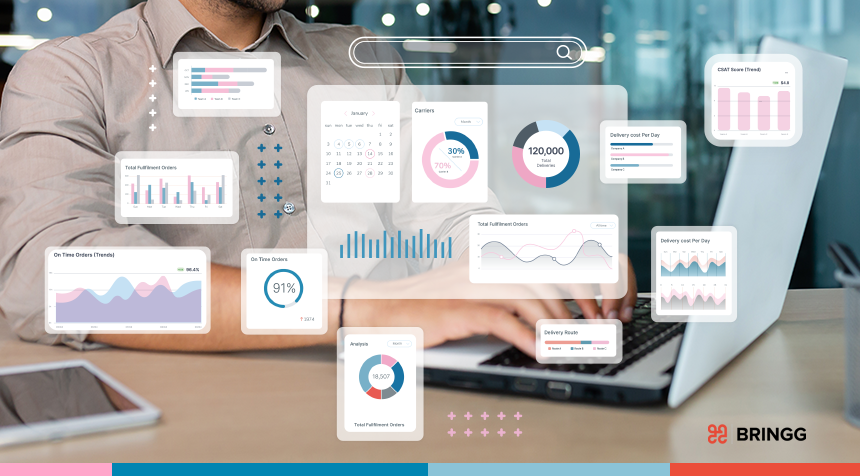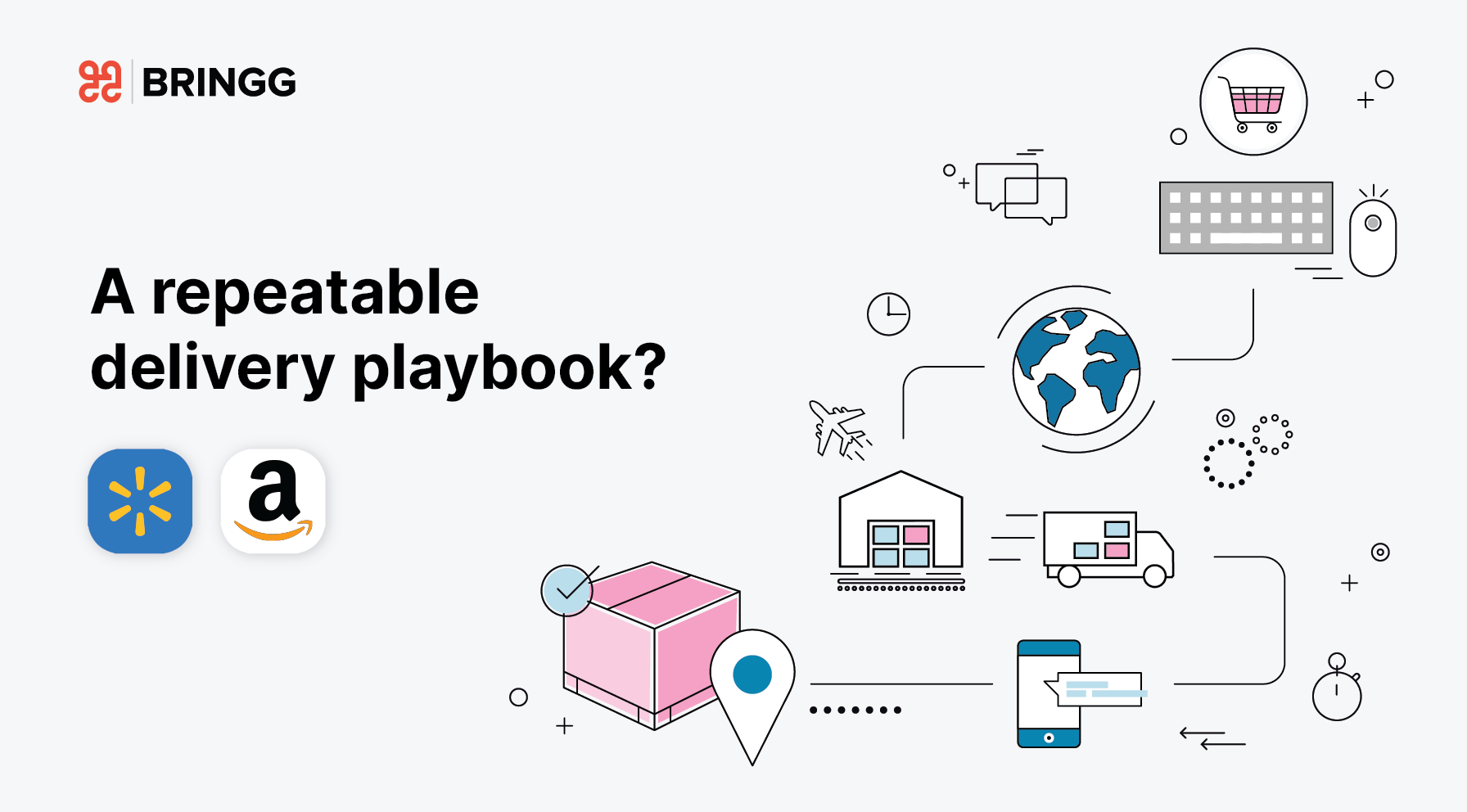This post was originally published on Medium.
In this post I will try to quickly explain the top level, most important principles on how to develop a waste-free product flow. One reports suggests that 45% of features are never used, and are a waste of time for the product, design and R&D teams.
This post won’t dive into the day to day work and how we do it. Rather, I will cover:
✓ The three product streams that work separately but together to build the foundation of your product from definition to validation.
✓ The flow of product to each of the external teams that need to be educated, onboarded, collaborated with and supported.
✓ How to differentiate a product company from a project company and how to avoid the challenge of being the latter.
The Vision (what are we here to do?)
The vision is the base for everything we do, the foundation on which everything is built, from funding to recruiting and building the product. In the context of product though, the vision, the different planned timelines (long, medium, short) and the clarity of it are extremely important for the flow. It is really a foundation on which day-to-day rely on — otherwise, there is a huge time waste on the day-to-day with endless meetings, repeated discussions and misalignment.
I believe in working in 3 streams. Long, medium and very short. Everything in between is cool, interesting, draws attentions and discussion, but doesn’t help operate. I believe in avoiding the middle. The things to invest your time in should be:
1. Far-reaching (5–10 years) vision, company goal, “what we are here to solve”. This is the company definition influenced by what the market need might be (hypothesis). When this is done correctly you may have a product-market fit if executed correctly. This is also why VCs would invest in the idea.
2. Medium reaching (1–2 years) set of goals, lighthouse areas that your company is looking for to grow: new fields and segments (horizontal and vertical expansions), the big steps that will move the needle. These need to be attached to the bigger vision and market trends that are happening. Trends must be defined before the market need actually happen otherwise you are already too late. These trends are never feature nor are they customer specific (in a B2B situation for example). This is where the company first meets the market. Patterns are easier to see but still no specific features are defined.
3. Short reaching (1–2 weeks) plan for what to do next. This stream is the tactical immediate steps to move along the path — the validation phase. The work here is attached to actual customer needs on the one hand and medium-term vision on the other. This is where the company meets specific needs and specific customers for the first time. This is where the product and features get defined.
Notice that since short term is attached to medium and through that to long term visions, we know that on the day-to-day, we are always working on the right things. Also, it is important to note at this point that when getting feedback from the field to create your product this is crucial to avoid becoming a project company.
Flow of Product
– Product flow begins with marketing: you meet and explain the vision, the medium and close plans, mostly the hypothesis. Their job is to translate it to market and see what happens.
– Sales and Success are next: explain short term goals same as you did for marketing and help them sell the vision while fine tuning to specific customers (potential or real): understand the use case and the pain of those customers and find the parts of the vision that they need, and use them to verify them by buying them with actual budget. At this point those items are still a definition of a problem that needs solving and not the actual solution which we don’t have.
– Once and only once a product idea was bought and paid for — define it. At this point you have: an idea that you want to do, connected to your vision and to the market future, a repeating need that a customer is willing to pay to get. You have the verification of the pain and it’s worth the time investment.
– product definition and work happens here, we won’t dive into it in this point.
– Put KPI to product work: How many customers are using this feature, how much is it used, how long it is used for and so on.
Isn’t this the definition of a project company?
Working in a short loop market feedback, with zero waste, is golden. As long as it’s done correctly, the success is very hard to match. The challenge that most people face when seeing this for the first time though is mistaking this systematic flow for a project company. And that is because they may be exposed only to the short term vision which seems like this system basically receives requests from customers and executes them. So, how is this different?
What is a project company?
There are many definitions for a project company and I will not get into definition wars, instead I’ll give my personal opinion.
Projects companies work with specific timelines to provide a specific solution. The basic incentive is always for a simple, very specific solution. Therefore the state of mind is to design a product and write code with business dependencies, with short term responsibility to make sure things work as expected. Code consistency and quality is sometimes questionable because there is no need for anything else, and needs are strictly derived from what the customer asks for.
In a product company, the incentive is much more long term. Product and dev teams are “stuck” with the same things for a long time and have incentive to make the code cleaner, nicer, easily supportable.
There are a lot of needs that come from the dev and product teams and not from customers, and the direction of the organisation is derived by the product strategy and not customers’ requests.
The proof is in the pudding
Repeatedly for 7 years, we’ve defined our lighthouse mid-term vision around September/October for the following year, and repeatedly executed on it to create a differentiated product.
Either we are the luckiest project company in the world continually receiving requests that always align with what we plan to do or something in the way we do it makes it successful.
Our waste ratio (features that are never used) is almost 0, and our repeat ratio (features used by more than one customer) is 86%, always increasing as with time more and more customers use more common features. This is amazing, and something I am proud of. Not only are we not wasting product and R&D time and resources, we continue to see greater adoption of features within our customers, proving the value we deliver along the way.



